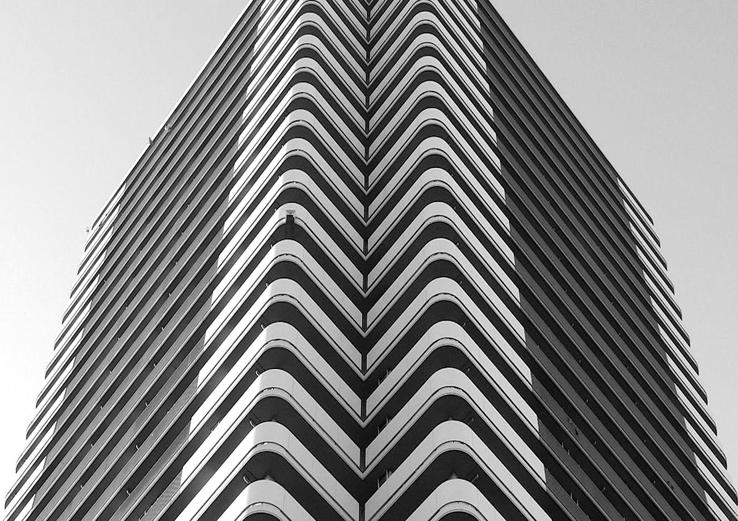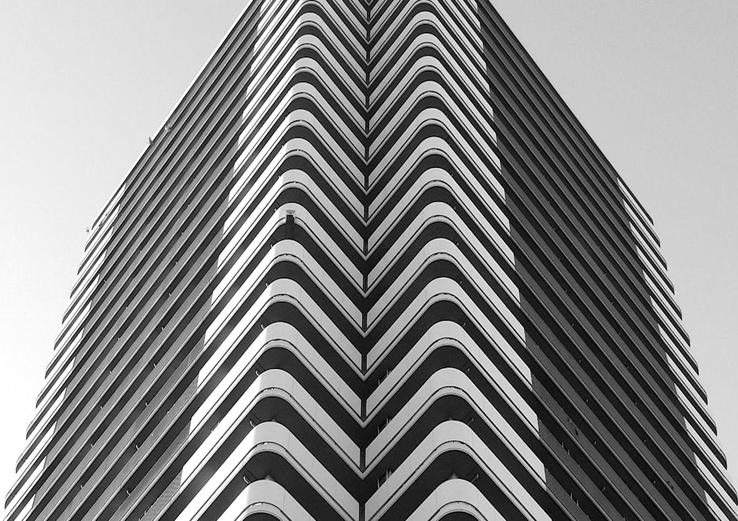
The Evolution of Residential Construction: A Shift Towards Sustainability and Innovation
The residential construction market is on the cusp of a significant transformation, driven by changing consumer preferences, technological advancements, and growing concerns about environmental sustainability. As the world’s population continues to urbanize, the demand for housing is skyrocketing, with the global residential construction market projected to reach $8.66 trillion by 2032. This growth is not just about meeting the increasing demand for shelter; it’s also about revolutionizing the way we design, build, and live in our homes.
One of the key trends shaping the residential construction market is the emergence of flexible housing formats. With the rise of remote work and the gig economy, people are looking for homes that can adapt to their changing lifestyles. Developers are responding by creating modular, prefabricated, and micro-housing units that offer greater flexibility and affordability. For instance, modular homes can be easily assembled and reassembled, making them ideal for temporary or seasonal housing needs. Similarly, micro-housing units are being designed with multifunctional spaces that can serve as home offices, gyms, or entertainment areas. This shift towards flexible housing formats is not only reducing construction costs but also providing residents with more freedom to design their living spaces according to their needs.

Another significant trend in the residential construction market is the adoption of eco-friendly methods and materials. As concern about climate change and environmental sustainability grows, builders and developers are incorporating green building practices into their projects. This includes using recycled materials, energy-efficient systems, and sustainable building techniques that minimize waste and reduce carbon emissions. For example, some companies are using 3D printing technology to create homes with reduced material waste and lower environmental impact. Others are incorporating green roofs, solar panels, and rainwater harvesting systems to reduce the carbon footprint of their buildings. The benefits of eco-friendly construction extend beyond the environment; they also offer residents healthier living spaces, lower energy bills, and increased property values.
The integration of advanced digital solutions is also transforming the residential construction market. Building Information Modeling (BIM), artificial intelligence (AI), and the Internet of Things (IoT) are being used to streamline construction processes, improve building performance, and enhance the living experience. For instance, BIM enables architects, engineers, and contractors to collaborate more effectively, reducing errors and delays in the construction process. AI-powered tools are being used to analyze data on energy consumption, water usage, and waste management, helping builders optimize building performance and reduce operational costs. IoT devices, such as smart thermostats and lighting systems, are being integrated into homes to provide residents with greater control over their living environments and improve their overall quality of life.

The impact of these trends can be seen in various regions around the world. In the United States, for example, there is a growing demand for eco-friendly and sustainable housing, with many homeowners opting for energy-efficient appliances, solar panels, and green roofs. In Europe, the focus is on creating modular and prefabricated housing units that can be easily assembled and disassembled, reducing construction waste and minimizing environmental impact. In Asia, the emphasis is on incorporating advanced digital solutions, such as BIM and IoT, to improve building performance and enhance the living experience.
As the residential construction market continues to evolve, it’s likely that we’ll see even more innovative solutions emerge. The use of robotics and automation, for example, could revolutionize the construction process, improving efficiency and reducing labor costs. The integration of biophilic design principles could lead to the creation of homes that not only minimize environmental impact but also promote occupant health and well-being. As the industry moves forward, it’s essential to prioritize collaboration, innovation, and sustainability, ensuring that the homes of the future are not only aesthetically pleasing but also environmentally responsible, technologically advanced, and tailored to the needs of their occupants.
The future of residential construction will be shaped by the intersection of technological innovation, environmental sustainability, and shifting consumer preferences. As the industry continues to adapt to these changes, we can expect to see new business models emerge, such as subscription-based services for housing, and innovative financing mechanisms that support sustainable development. The potential for growth and innovation in the residential construction market is vast, with opportunities for companies to differentiate themselves through their commitment to sustainability, quality, and customer experience. By embracing these trends and technologies, the residential construction industry can create homes that are not only beautiful and functional but also sustainable, efficient, and tailored to the needs of their occupants, ultimately shaping the future of the $8.66 trillion industry.
